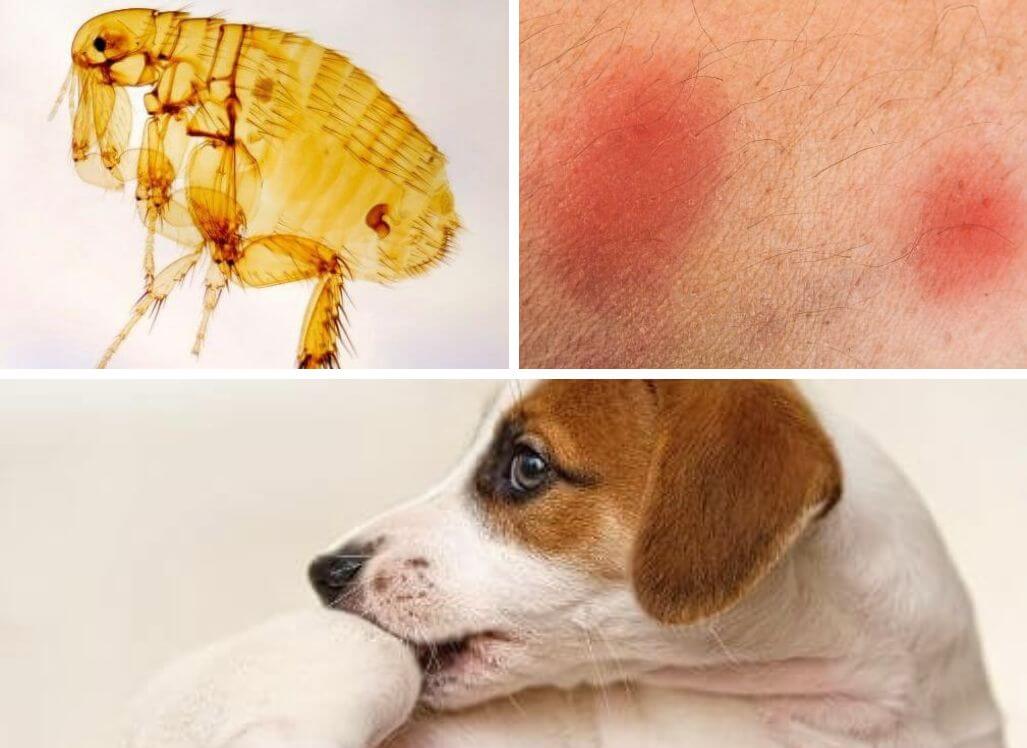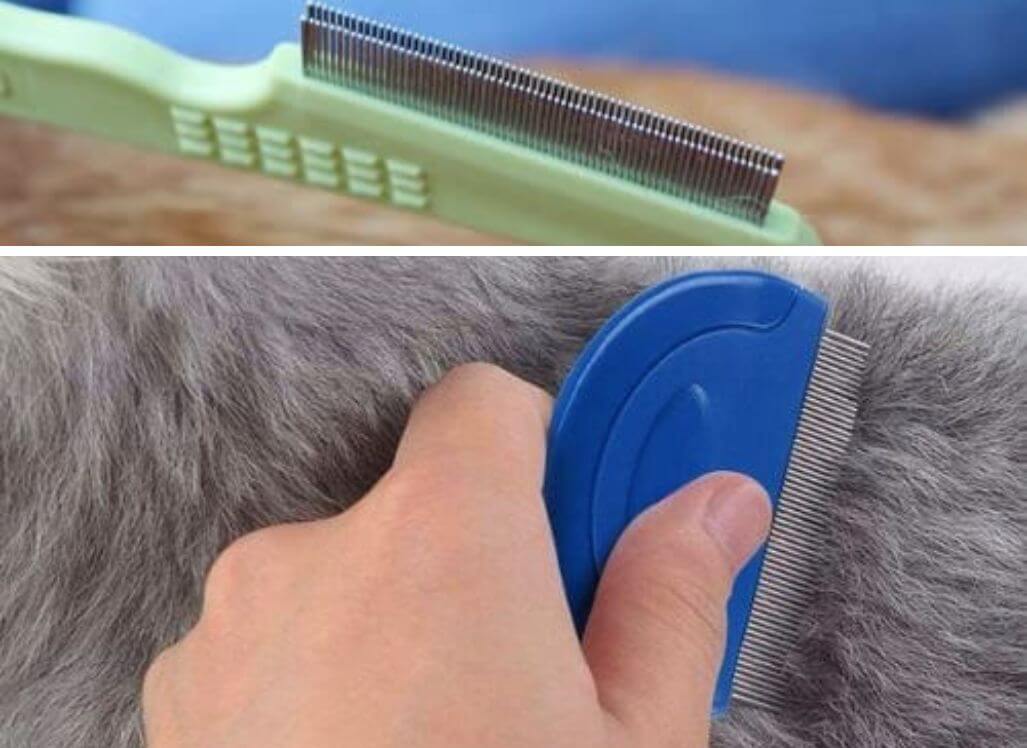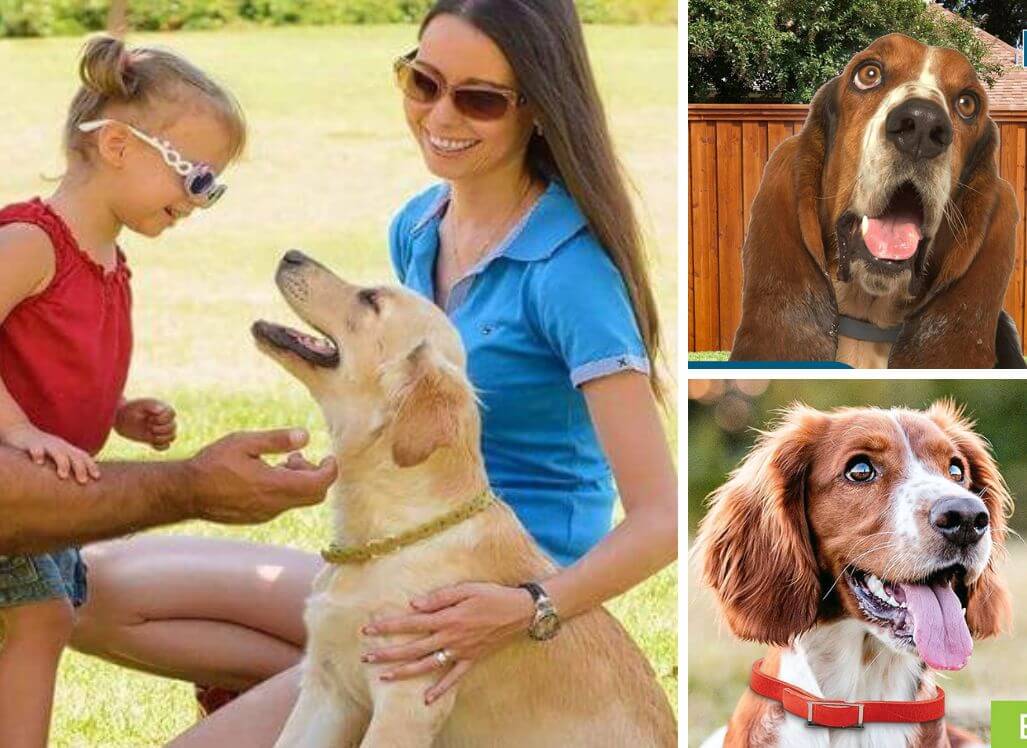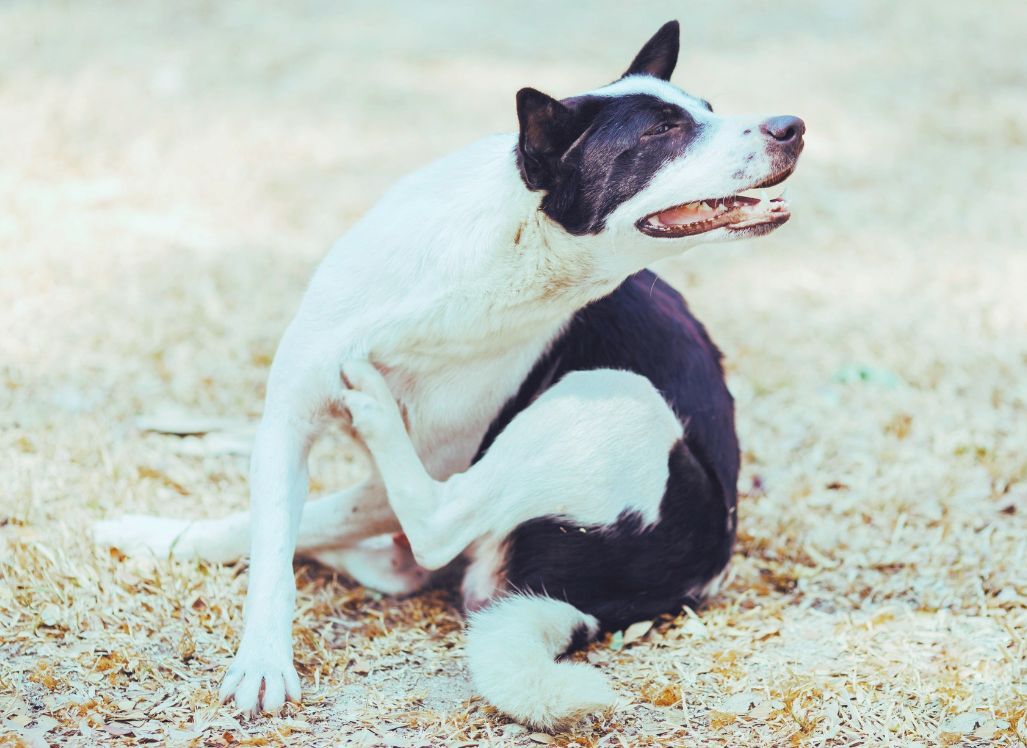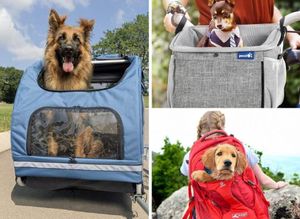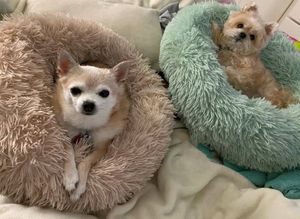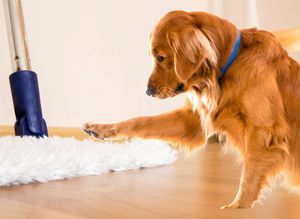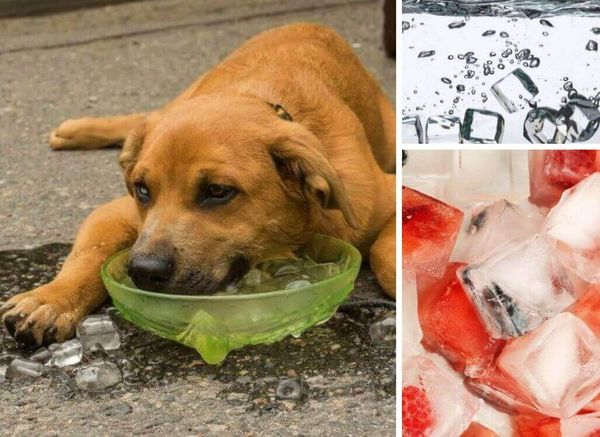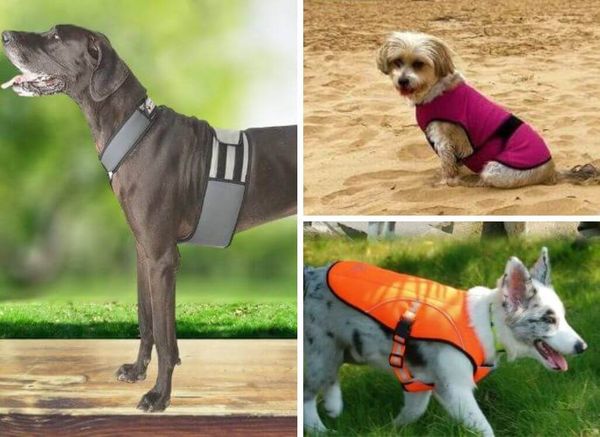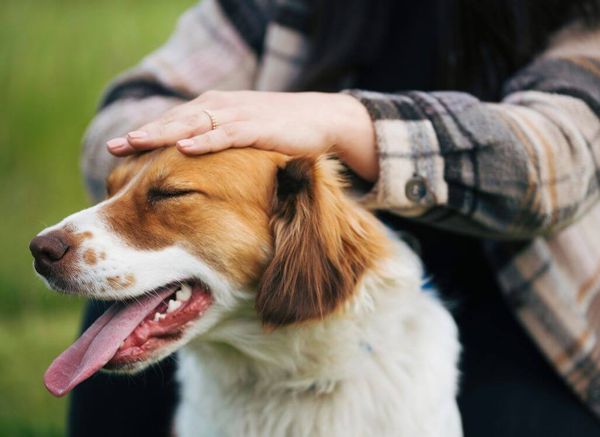Are you tired of watching your furry friend scratch and itch all day long? Do you notice small brown creatures hopping around your pet's bedding or carpet? If so, it's time to take action against the culprit - fleas!
First and foremost, it's critical to kill adult fleas quickly to prevent further reproduction. But that's just the beginning of the battle. Flea larvae and pupae develop in bedding areas and carpets, making it necessary to regularly clean pet resting areas both indoors and outdoors.
“ It can take days to weeks for all the fleas present in an environment to die, even with the most conscientious approach”, so persistence is key.
If you're ready to take on fleas and give your furry pal some relief, keep reading. By the end of this post, you'll have all the information you need on how to get rid of fleas on dogs, and bid farewell to those pesky fleas once and for all!
Find the Fleas
The first step in getting rid of fleas on your dog is to identify if they have fleas. Identifying fleas requires a meticulous examination of your dog's fur, which may reveal flea dirt that resembles tiny black specks. You might also spot small white specks at the base of their hair or flea eggs, or even on your furniture or carpet. You may even see some of them hopping around inside the house, such as in your dog's bed or even on your own bed, or have experienced flea bites.
Get Rid of the Fleas
On Your Dog
- To eliminate fleas quickly, your veterinarian may recommend starting with medication that can kill adult fleas and flea larvae on a dog. Topical medications can typically kill most fleas within a few hours, but can take days to have their full effect. Oral medications can be just as effective. It's best to always consult with your veterinarian for advice on the best way to treat your pet.
- Flea sprays are another option that kills fleas on contact. If you're looking for a more hands-on approach, consider bathing your dog with flea shampoo and then combing through the fur thoroughly, after they're fully dry. This process can help remove dead fleas, larvae, and eggs.
- Flea shampoo is an effective way to get rid of fleas on dogs. Start by wetting your dog's coat with warm water and lathering up the flea shampoo. Massage it into their coat thoroughly, paying extra attention to areas where fleas are most likely to hide. Rinse well and repeat as necessary.
- A flea comb is another effective way to get rid of fleas on dogs naturally. This comb has fine teeth that can remove fleas and flea eggs from your dog's coat. Comb through your dog's fur, making sure to get close to the skin. Dip the comb in soapy water between each pass to kill any fleas you remove.
- And don't forget - if you have more than one pet, you will need to treat them all to prevent fleas from spreading.
In Your House
Getting rid of fleas from your home is a crucial step in dealing with your dog's flea infestation, and maintaining a clean home plays a vital role in preventing infestation.
- Vacuuming is the first line of defence against fleas. Frequent vacuuming of carpets, furniture, cushions, cracks and crevices, baseboards, and under dog beds, helps remove the fleas and eggs. Changing vacuum bags or emptying the vacuum container often and preferably in an enclosed environment outside reduces the chances of fleas escaping to other parts of your home. Continue vacuuming for 10 days to two weeks to pick up any remaining eggs and juvenile fleas.
- Steam cleaning is another effective way to get rid of fleas in all stages of life. The combination of high heat and soap is the enemy of fleas, and it helps kill adult fleas, larvae, and eggs.
- In addition, wash your dog's bedding and toys in hot water a few times weekly. You will also need to wash your bedding, and rugs. This will kill any immature fleas.
- Treatments for your home come in many forms, from powders for your carpets to the "bug bombs" that fumigate whole rooms, to sprays, which can be used to more easily targeted specific areas. Insect foggers, or flea bombs, kill a lot of fleas at once, but they use strong pesticides and are only recommended for severe infestations. Sprays, on the other hand, often have ingredients that kill adult fleas. Many have insect growth regulators, which ward off the growth of the eggs, larvae, and pupae.
- Finally, if you take your dog in the car with you, don't forget to vacuum and treat your car as well.
In Your Yard
Treat your yard for fleas! It's one of the best ways to prevent infestation and re-infestation. If your pup loves spending time outside, you'll want to ensure your yard stays flea-free. Here's what you can do:
- Keep your kennels and dog runs clean and treated.
- Keep your lawns well-mowed, and shrubbery trimmed back.
- Clear away debris, leaves, and all moisture sites from around your property. Fleas love moisture and shade, so maximizing sunlight is essential. Consider pruning trees and shrubs.
- Don't forget about the animals that roam around the area! In rural areas, check for places where outdoor animals might linger and close them off if possible.
- Be sure to use effective and safe flea and tick yard sprays. Speak with your veterinarian or landscaper to discuss your options.
- Apply sprays specifically in places where pets rest and sleep, such as doghouses and kennel areas, beneath decks, and next to the foundation. It's not often necessary to treat the entire yard or lawn.
- If you detect a significant number of adult fleas, an outdoor spray might be necessary. Use a product containing an insect growth regulator (IGR) and follow the instructions to keep your yard flea-free.
Keep Fleas at Bay
To keep fleas at bay, it's important to be diligent in your efforts. There are various flea preventatives available for dogs, including topical treatments, pills, and collars.
- Prescription flea prevention medicine is effective in preventing fleas at all stages of the life cycle. However, to ensure their complete eradication, it's necessary to follow up with further applications as prescribed. Year-round use of flea medications will repel fleas and help prevent a recurrence.
- In addition to medication, it's important to vacuum and practice good sanitation. Keeping your grass mowed and shrubbery trimmed can also help prevent flea infestations.
- Flea combs are great not only for finding fleas in the first place, but also for routine checking of your pet's coat. While shampoos and sprays can kill fleas and ticks, they do need to be used regularly. Flea collars are an effective preventative measure, but they're not recommended for use after a flea infestation has already occurred.
- Consider professional services for indoor flea treatment as over-the-counter products may prove ineffective if used incorrectly. Several insecticides are registered for controlling fleas indoors, and you can choose the most effective products that contain insect growth regulators such as methoprene or pyriproxyfen. A licensed commercial pest control applicator can help you determine which products are best for inside your home and provide you with expert guidance.
Conclusion
So your efforts have paid off, and you have got rid of the flea infestation! Unfortunately, in spite of your efforts, fleas are pervasive and reinfestation is likely. This is especially true if your furry friend enjoys socializing with other dogs or frequents a location where other furry friends gather.
But don't despair - incorporating regular flea treatments in your pup's routine is the best way to keep them free from fleas. So talk to your veterinarian to determine which flea preventative is best for your dog.
We hope this guide has helped you understand the steps needed to get rid of the fleas on your dog as well as in your home. With the right approach, you can help ensure your dog remains healthy and happy! Good luck!
You may also like:
